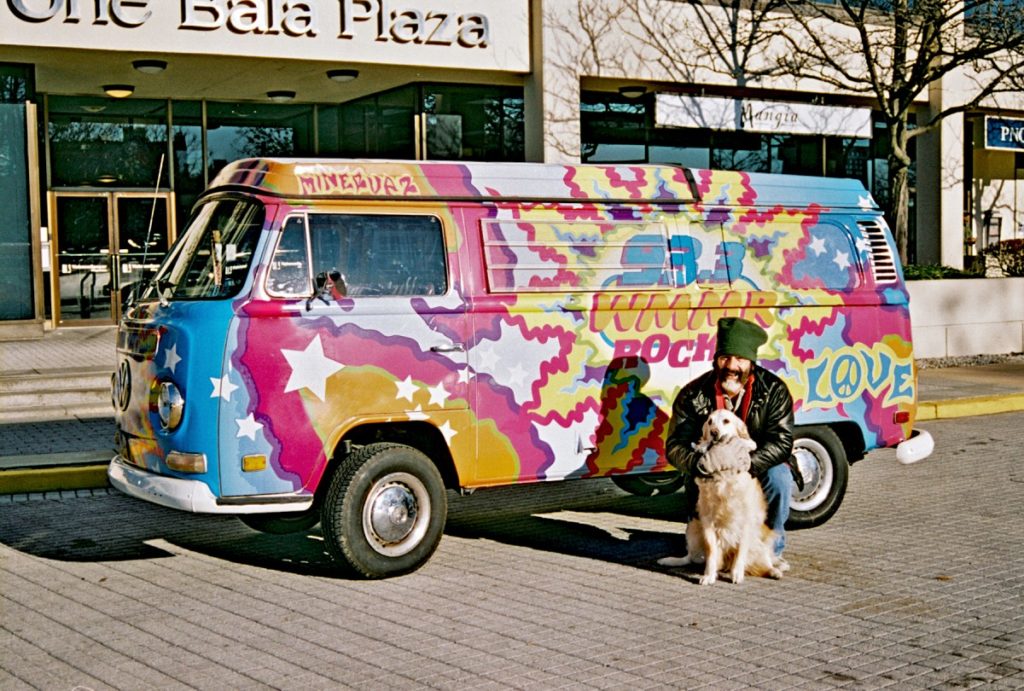
Over the years, I’ve worked with many heritage rock stations that worked hard – often for decades – to cement key images in the minds of their local audience.
We call it “image ownership,” and it’s a key component for tune-in, stability, and longevity. In the collective mind of the audience, there’s room for just a few key images – the Country station, the Classic Rock station, the traffic and weather station. That’s what perpetuates cume listening and recall – both of which lead to direct success in both the diary and metered methodologies.
But sometimes, stations assume those heritage images are etched in granite. Or they make the assumption the most successful and best branded station in the building doesn’t really need any extra marketing support.
“Hey, ,who doesn’t know we’re the rock station after 35 years in this market?” is not atypical of the hubris that many broadcasters exude, especially during these times when promotional budgets are at a premium or even nonexistent.
Full frontal assaults in radio aren’t as common as they used to be. But that doesn’t mean that a smart, focused, and deep-pocketed competitor couldn’t take on an incumbent, establishment station that perhaps has taken its positioning primacy for granted.
That’s precisely what Subaru has done to Volkswagen – or VW – as its commonly called in the 21st century. There was a time when the VW brand was all about peace and love. The image at the top of this blog features WMMR’s heritage midday man, Pierre Robert, his dog Lucy, and Minerva, his VW van.
In many ways, Pierre has done a better job promoting the essence of the VW brand than the carmaker itself. That’s because Subaru stole the “love” image right from under the company that produced “The Love Bug,” the hippie van, and that organic, granola vibe that was always the province of Volkswagen.
But not anymore. In a marketing paper put out by Team Subaru, they aver their goal is to establish “Sharing the love” as their core marketing strategy. Adherence to the “love” theme helped get the company through the Great Recession from just a few years ago.
And Subaru is thriving today. Subaru has been the most successful of the Japanese carmakers in growing its sales volume since ’06. Last year, the brand outgrew even Audi with sales growth at 13% last year. 2017 has been another strong year for Subaru.
And it has led to a high-income, well-educated consumer. In fact, you might think of Subaru as “the official car of public radio.” A simple perusal through most parking lots of stations located at the far left of the FM dial would likely show an outsized number of Foresters, Outbacks, Crosstreks, and Imprezas, Subaru has cornered the “free spirit” market.
This commercial is emblematic of how Subaru has beaten VW at its own game, exuding warmth, thriftiness, and life experiences – everything those hippie vans and Beetles were all about:
https://www.youtube.com/watch?v=oAOlksUlmAQ
Subaru’s efforts have led directly to undermining and usurping VW and its once-valued brand. What does VW stand for these days? In the minds of many consumers, the image recall is probably highest for fudged emission testing rather than for the brand images exuded by the company throughout the second half of the last century.
And ironically enough, VW’s latest TV effort is a throwback – in fact, WAY BACK to the Woodstock Era. In an attempt to reclaim its hippie imagery – and you have to ask yourself if they haven’t ended up lapping themselves – the newest VW TV ad shows nostalgic images of Yasgur’s Farm, the site in Bethel, New York, where Woodstock took 48 years ago.
The people depicted in the spot below would are well into the Social Security demo – not especially likely to revive a brand that has been flagging and lost its way. And it’s hard to imagine Millennials looking at images of peace, love, and mud from their grandparents’ generation has aspirational or even attractive.
And by the way, where’s the car?
Winning a powerful, valuable image isn’t a radio station’s birthright, legacy, or destiny. It has to be earned and deserved – year after year, decade after decade.
Get complacent, greedy, or unfocused, and your brand could end up stuck in the mud.
- Radio’s New Audience Equation: Z Over Y = Trouble - May 1, 2025
- What Is It With Female Robot DJs? - April 30, 2025
- Why “Dance With Those Who Brung You” Should Be Radio’s Operating Philosophy In 2025 - April 29, 2025




Fred,
One of the best and most important blogs you’ve written. Successful products own a word.
Volkswagen may have given up on love, and I assume that they are just as happy to let go of that image. Once upon a time the VW name meant something. That was the place to build from.
Now they’re working on more transcendental images, such as: “Tiguan.” On the bright side, I don’t think anybody will ever try to take “FARFEGNUGEN from them.
No, they OWN “Farfegnugen” and I’m thinking no one will challenge “Tiguan.” As you point out, a lot of very questionable marketing decisions from a brand that once owned a lot of really choice perceptual turf. Thanks for the kind words, Andy.
I think you’re missing an important point. VW changed their imaging because they wanted to move from being a niche brand to a mainstream brand in America. They set a goal several years ago to be the largest auto maker in the world. In the States, that translated into a message of “affordable” German engineering. Subaru seems to understand that they are a niche brand, which allows them to more narrowly target their messaging.
There’s a lot to be said for focus and also building on your brand equity, rather than abandoning it. Appreciate the thought and the comment, Steve.